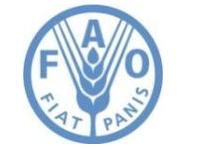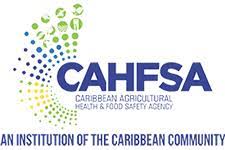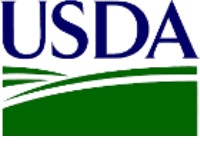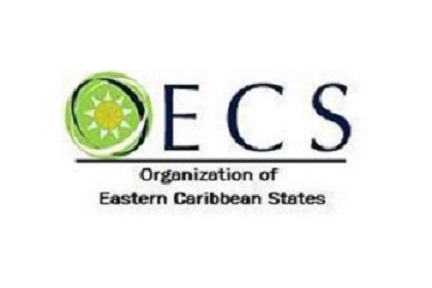A drought can be defined as the period where a region or area experiences below-normal precipitation (lack of rain). It can reduce groundwater and soil moisture, triggering water shortage, crop damage, and diminished streamflow. Droughts have become the greatest culprit of agricultural production loss. It is estimated that over 34% of crop and livestock production loss is traced to droughts, with a loss of up to $37 billion overall.In the Caribbean, the agricultural sector is the first to feel the heavy impacts of droughts as most crops in the region are rainfed. This lack of rain could lead to crop losses island-wide, reduce crop yields, and desiccation of crops. As a result, crops can become more vulnerable to plant pests and diseases due to the decrease in soil moisture.
For plants in key stages of development, droughts hinder the progress of plants, resulting in poor quality and size and stunting of crops. If droughts continue at the rate of climate change, local food supplies will be affected. The climate conditions would result in crops e.g. cocoa Food security depends on the agricultural sector. Factors like drought and heat stress limit crop productivity.
One solution to droughts is the use of (PGRs) or exogenous plant growth regulator treatments. This type of microbe-based plant biotechnology has been used to preserve crop yields under stress and improve crop drought tolerance. This is also an alternative strategy for improving plant drought resistance.
Read more about this from our sources below!
Source:
USGS – Impacts to Crops in the U.S Caribbean
FAO – Damage and Loss
National Geographic – Drought
Frontiers – Crop Production under Drought and Heat Stress: Plant Responses and Management Options
National Library of Medicine8 – Improving crop drought resistance with plant growth regulators and rhizobacteria: Mechanisms, applications, and perspectives













